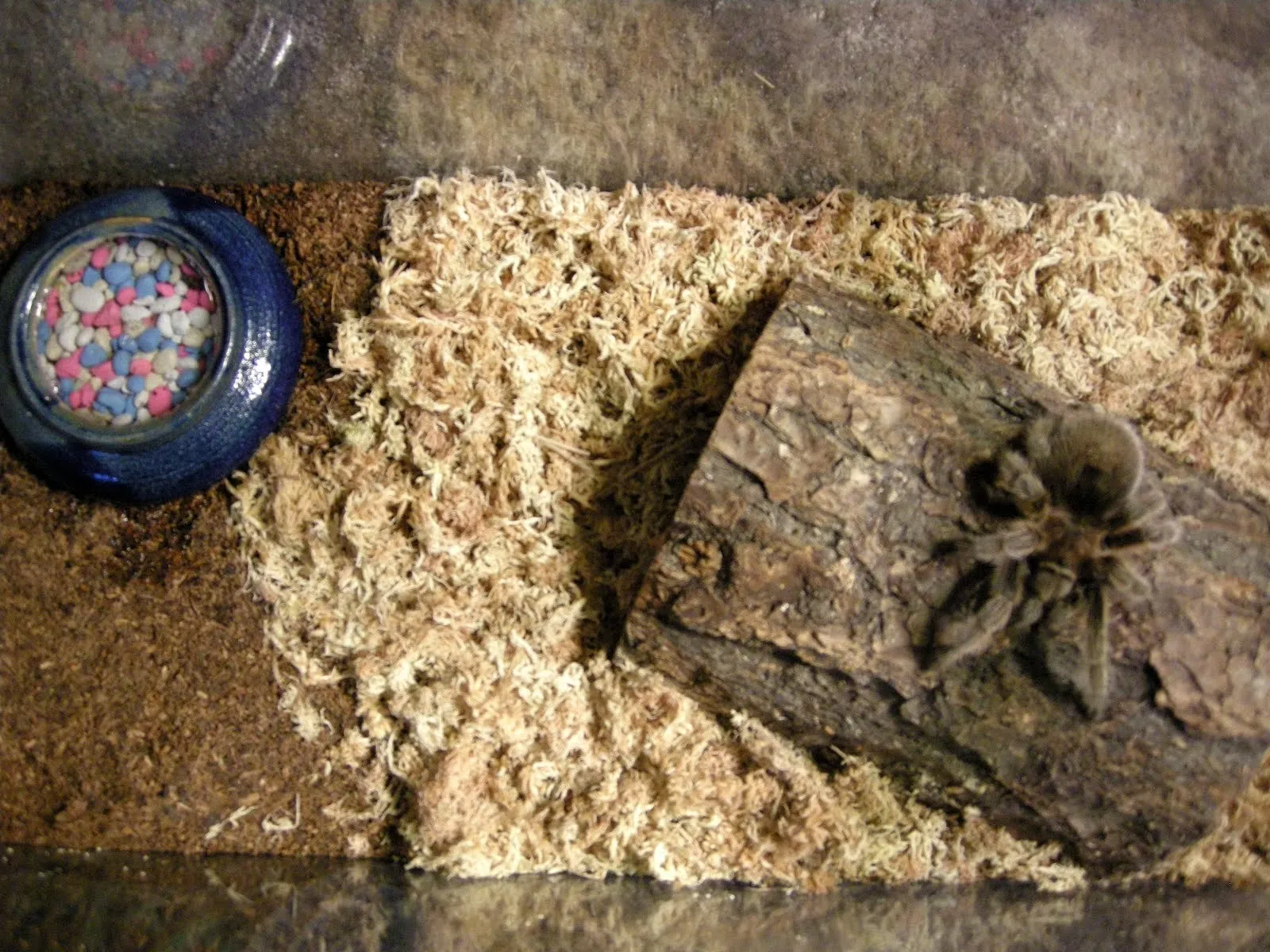Choosing Your Tarantula
Embarking on the journey of caring for a pet tarantula can be an incredibly rewarding experience. These fascinating creatures, with their diverse appearances and unique behaviors, offer a captivating alternative to traditional pets. However, before you bring a tarantula into your home, it’s crucial to understand the commitment involved in providing proper care. This guide provides a comprehensive overview of how to care for a pet tarantula, covering everything from choosing the right species to ensuring its long-term health and happiness. With the right knowledge and dedication, you can create a thriving environment for your tarantula to flourish.
Researching Different Tarantula Species
The world of tarantulas is incredibly diverse, with hundreds of species each possessing unique characteristics. Before acquiring a tarantula, thoroughly research different species to determine which one best suits your lifestyle and experience level. Consider factors such as size, temperament, venom potency, and care requirements. Some popular beginner-friendly species include the Chilean rose hair tarantula (Grammostola rosea), known for its docile nature, and the Costa Rican zebra tarantula (Aphonopelma seemanni), which is relatively easy to care for. More experienced keepers might explore the vibrant colors and more complex needs of species like the Gooty sapphire ornamental (Poecilotheria metallica). Learning about the species’ natural habitat, diet, and behavior is essential for replicating a suitable environment in captivity.
Selecting a Healthy Tarantula
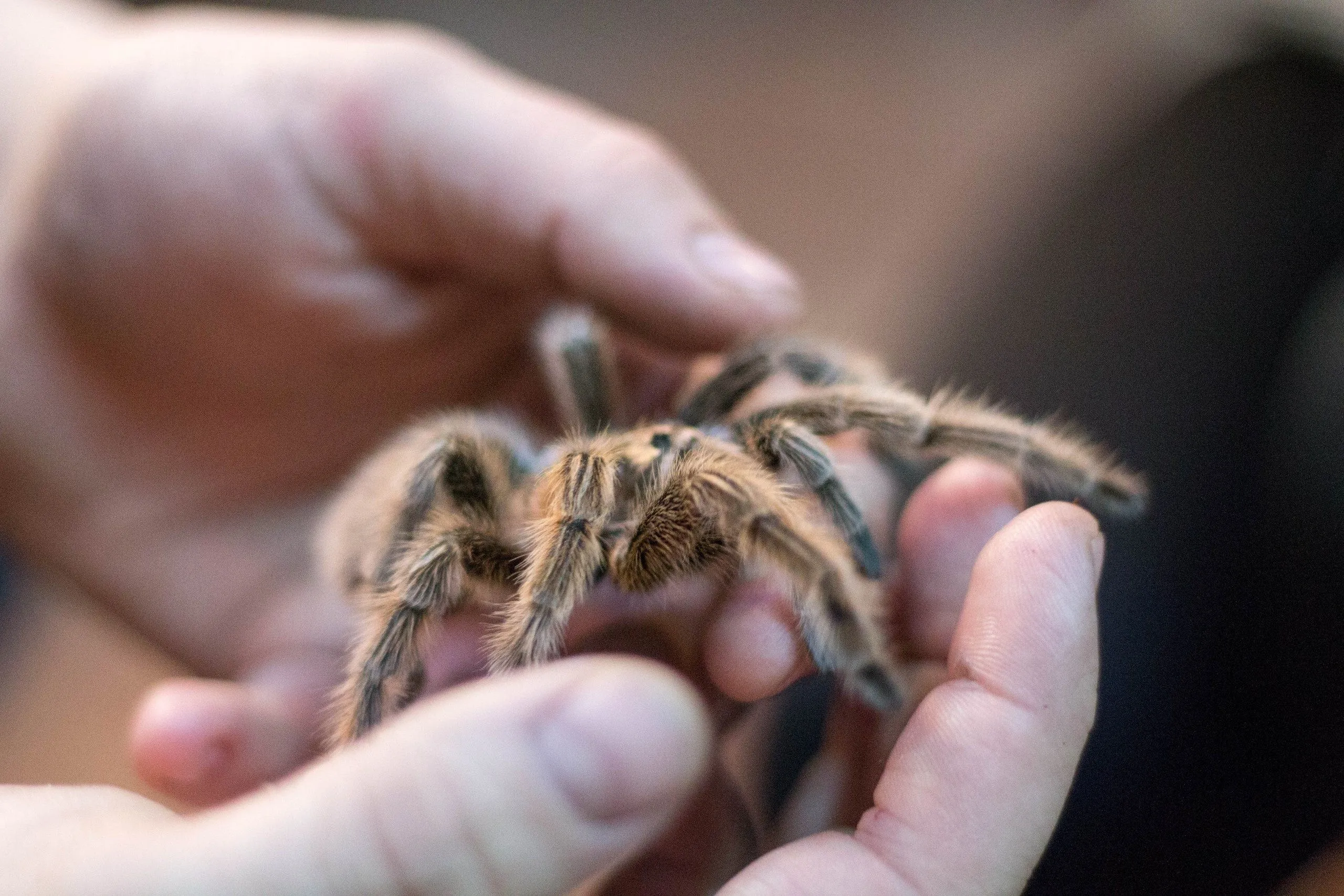
Choosing a healthy tarantula is paramount to its well-being and longevity. When selecting your tarantula, observe its overall appearance and behavior. Look for a tarantula that is alert, active, and responsive to its environment. Its abdomen should be plump and not shrunken, as this can indicate dehydration or malnutrition. The tarantula should have all its legs and fangs intact, and its body should be free of any visible injuries or parasites. Avoid tarantulas that appear lethargic, have difficulty moving, or exhibit any signs of illness, such as excessive trembling or loss of coordination. If possible, inquire about the tarantula’s feeding habits and ask the seller for any relevant health information or guarantees.
Setting Up Your Tarantula’s Enclosure
Creating a proper enclosure is crucial for the health and happiness of your pet tarantula. The enclosure should provide a safe, comfortable, and stimulating environment that replicates the tarantula’s natural habitat as closely as possible. This involves selecting the right tank size, providing a suitable substrate, offering hiding places and decorations, and maintaining appropriate temperature and humidity levels. A well-designed enclosure not only meets the tarantula’s physical needs but also allows you to observe its behavior and appreciate its unique characteristics. Investing time and effort in setting up the enclosure correctly from the start will contribute significantly to the long-term well-being of your pet.
Choosing the Right Tank Size
The size of the enclosure should correspond to the tarantula’s size. A general guideline is to provide a tank that is at least three times the tarantula’s leg span in length and width, and at least twice its leg span in height. For terrestrial species, a wider tank is preferable, while arboreal species benefit from taller enclosures that allow them to climb. Avoid tanks that are excessively large, as this can make it difficult for the tarantula to find its food and may increase stress. Secure lids are essential to prevent escapes. Consider the adult size of your chosen species when selecting the enclosure to ensure it provides adequate space for the tarantula’s entire life.
Creating the Substrate
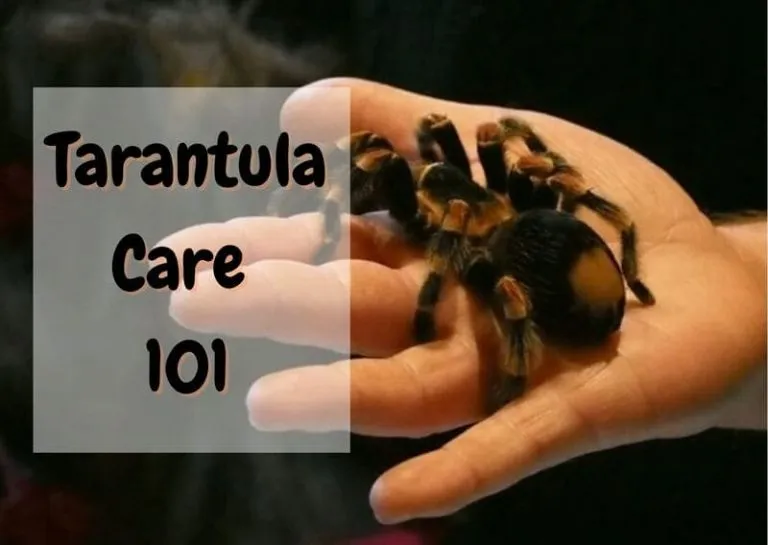
The substrate serves as the floor of the enclosure and plays a critical role in maintaining humidity, providing a place for the tarantula to burrow or hide, and absorbing waste. The best substrate for your tarantula depends on the species, but a mixture of peat moss, coconut fiber (coir), and vermiculite is a popular and effective choice. This combination retains moisture well, provides good drainage, and offers a naturalistic environment. The depth of the substrate should be sufficient to allow the tarantula to burrow comfortably, typically ranging from 2 to 6 inches. Avoid substrates that are too dusty or contain sharp particles, as these can be harmful to the tarantula. Regular spot cleaning is necessary to remove waste and uneaten food, helping to keep the enclosure clean and hygienic.
Providing Hiding Places and Decorations
Tarantulas are naturally shy creatures and require hiding places to feel secure. Provide your tarantula with at least one hide, such as a cork bark, half log, or commercially available hide. The hide should be large enough for the tarantula to comfortably retreat into. Adding decorations like fake plants, branches, or rocks can also enhance the enclosure and provide enrichment. Ensure all decorations are securely placed to prevent them from falling and potentially injuring the tarantula. Avoid decorations with sharp edges or toxic materials. A well-decorated enclosure not only provides a more natural environment but also gives the tarantula opportunities to explore and engage in natural behaviors.
Maintaining Temperature and Humidity
Maintaining the correct temperature and humidity levels is essential for the tarantula’s health. The ideal temperature range varies depending on the species, but generally falls between 70 and 80 degrees Fahrenheit (21-27 degrees Celsius). Use a thermometer to monitor the temperature within the enclosure. Humidity levels are also species-dependent, with most tarantulas thriving in a humidity range of 60-80%. Monitor humidity using a hygrometer. To increase humidity, mist the enclosure with water, and the frequency of misting will depend on the species. Proper ventilation is also important to prevent mold growth and maintain air quality. Avoid placing the enclosure in direct sunlight or near heat sources, which can lead to overheating or dehydration.
Feeding Your Tarantula
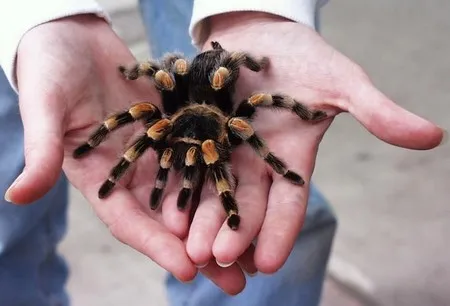
Feeding your tarantula is a straightforward process, but it’s essential to understand the dietary needs of your pet. Tarantulas are primarily insectivores, meaning their diet consists of insects. The size and type of insects you feed your tarantula will depend on its size and species. Providing a varied diet and adhering to a regular feeding schedule will help ensure your tarantula thrives in its enclosure, and it will also provide a level of entertainment for yourself.
Choosing the Right Food
The most common food items for tarantulas include crickets, mealworms, superworms, and roaches. The size of the insects should be appropriate for the tarantula’s size; the general rule is to feed insects that are no larger than the tarantula’s body. Ensure the insects are gut-loaded before feeding them to your tarantula. Gut-loading involves feeding the insects a nutritious diet, such as vegetables and commercial cricket feed, for at least 24 hours before feeding them to the tarantula. This helps to provide your tarantula with essential vitamins and minerals. Avoid feeding wild-caught insects, as they may contain parasites or pesticides.
Feeding Schedule
The feeding schedule will depend on the tarantula’s age and metabolism. Juvenile tarantulas should be fed more frequently, typically every 2 to 3 days. Adults can be fed less frequently, usually once a week or every other week. Observe your tarantula’s behavior to determine its feeding needs. If the tarantula consistently refuses food, it may be preparing to molt. Remove any uneaten food within 24 hours to prevent mold growth. Always provide fresh water, even when the tarantula refuses food, as this is crucial for survival and will keep your pet healthy.
Watering Your Tarantula
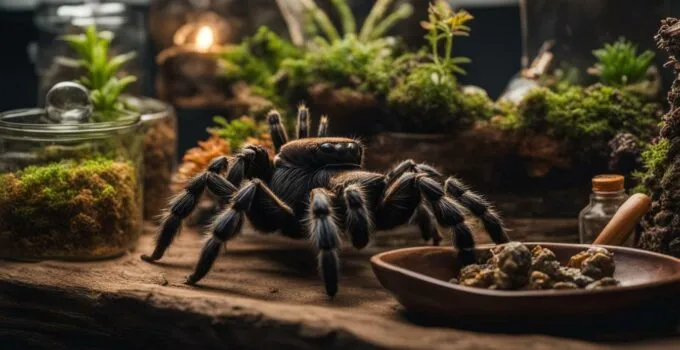
Providing fresh water is vital for your tarantula’s health. Offer water in a shallow dish that is easily accessible. Use a small water dish that is appropriately sized and avoid deep water dishes to prevent drowning. Change the water regularly, typically every 1 to 2 days, to keep it clean and free of debris. For smaller tarantulas, you can mist the enclosure lightly to provide water droplets for them to drink. During molting, tarantulas require more moisture, so increase the humidity slightly and ensure access to water. Do not overwater the enclosure, as this can lead to mold and bacterial growth.
Handling Your Tarantula
While tarantulas are fascinating creatures, handling them is often unnecessary and can pose risks to both the tarantula and the handler. Most tarantulas are not particularly fond of being handled and may become stressed, which can lead to defensive behaviors, such as biting or flicking urticating hairs. However, if handling is necessary, it’s essential to understand tarantula temperament and follow safe handling practices to minimize risks.
Understanding Tarantula Temperament
Tarantula temperaments vary considerably between species and even individual specimens. Some species are docile and tolerate handling better than others, while others are more defensive and prone to biting or flicking urticating hairs. Research the temperament of your tarantula species to understand its potential reactions to handling. Be aware that even a docile tarantula can become defensive if it feels threatened. Factors such as the tarantula’s mood, the time of day, and its molting cycle can also influence its behavior. Always approach a tarantula with caution and respect.
Safe Handling Practices

If you choose to handle your tarantula, handle it as a last resort. Handling should be done over a soft surface to prevent injury if the tarantula falls. Gently coax the tarantula onto your hand, avoiding sudden movements that could startle it. Never squeeze or restrain the tarantula. Allow the tarantula to move at its own pace. Keep your movements slow and deliberate. Wash your hands thoroughly before and after handling. Be aware of the urticating hairs, which some species have on their abdomens, as they can cause skin irritation. If the tarantula flicks these hairs, avoid touching your eyes or face. Consider using a long handled brush to move your tarantula.
Health and Hygiene
Maintaining a healthy and hygienic environment is crucial for the well-being of your pet tarantula. This involves recognizing common health issues, cleaning and maintaining the enclosure, and providing proper care to prevent illness. Regular monitoring of the tarantula and its environment will help you identify and address any potential problems early on.
Recognizing Common Health Issues
Tarantulas, like all living creatures, can be susceptible to various health issues. Common signs of illness include lethargy, loss of appetite, difficulty moving, and changes in behavior. Parasites, such as mites, can also infest tarantulas, causing irritation and potentially spreading disease. Fungus can grow in the enclosure from poor ventilation or over-humidity. If you notice any unusual symptoms, consult with a veterinarian experienced in exotic animals or seek advice from a reputable tarantula breeder or online community. Early detection and treatment are essential for the tarantula’s recovery.
Cleaning and Maintaining the Enclosure
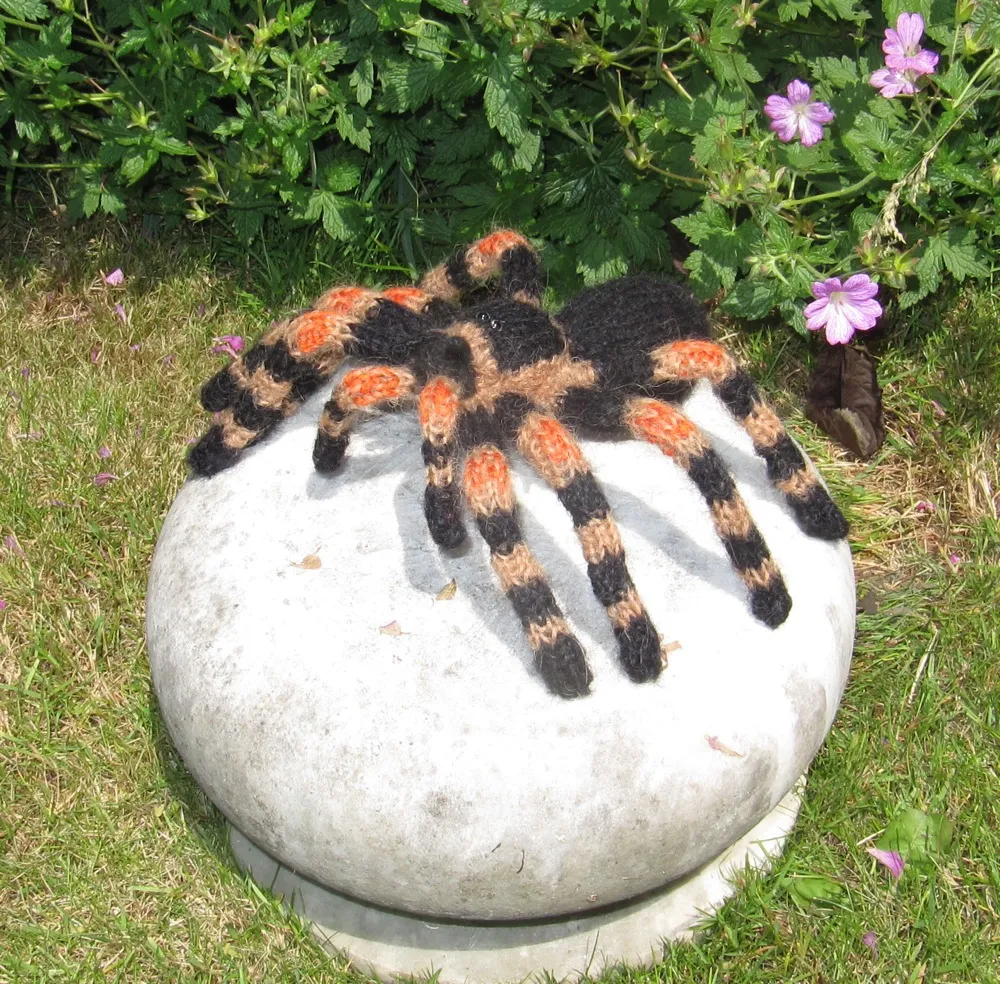
Regular cleaning and maintenance of the enclosure are essential to prevent the buildup of waste, mold, and bacteria. Spot-clean the enclosure by removing uneaten food, dead insects, and waste products at least once a week. Replace the substrate periodically, typically every 6 to 12 months, or sooner if it becomes excessively soiled or moldy. Clean the water dish regularly and provide fresh water. Use a mild, pet-safe disinfectant to clean the enclosure when necessary, but avoid using harsh chemicals that could harm the tarantula. Proper ventilation and temperature control will also help keep the enclosure hygienic. A clean and well-maintained enclosure will promote a healthy environment for your tarantula.
Long-Term Tarantula Care
Caring for a tarantula is a long-term commitment. These creatures can live for many years, some species for over 20 years. Understanding their life cycle, monitoring their growth and molting, and, if you choose, the possibility of breeding are all aspects of responsible long-term care.
Monitoring Growth and Molting
Tarantulas grow by molting, shedding their exoskeletons. The frequency of molting depends on the tarantula’s age and species. Young tarantulas molt more frequently than adults. During molting, the tarantula will typically stop eating, find a secluded spot, and lie on its back. Do not disturb the tarantula during molting. After molting, the tarantula’s new exoskeleton will be soft; it will take several days for it to harden. Provide fresh water during this time. Monitor the tarantula’s growth and keep a record of its molting history. This information can help you understand its health and anticipate future molts.
Breeding
Breeding tarantulas is an advanced aspect of tarantula care. It requires significant knowledge, experience, and resources. Breeding involves carefully selecting compatible pairs, providing appropriate environmental conditions, and managing the mating process. The female tarantula will lay eggs, which she will typically encase in an egg sac. Incubating and raising the spiderlings requires specialized techniques. If you are interested in breeding tarantulas, research the process thoroughly, and consider consulting with experienced breeders. Breeding is a complex and rewarding undertaking, and it’s important to be prepared for the responsibilities involved.
